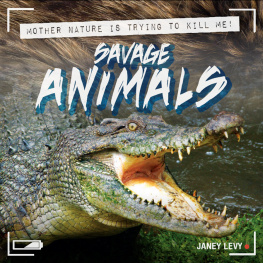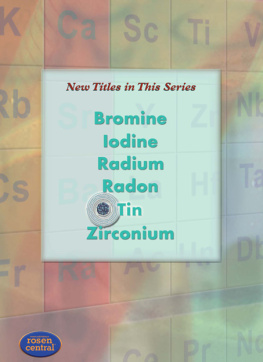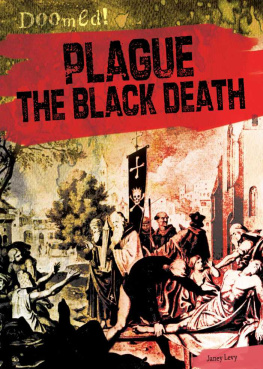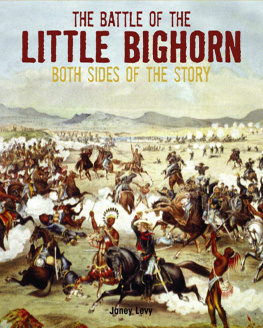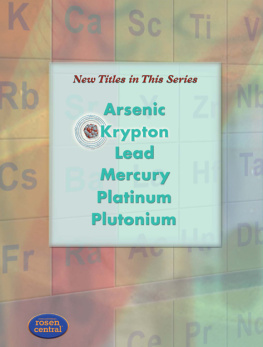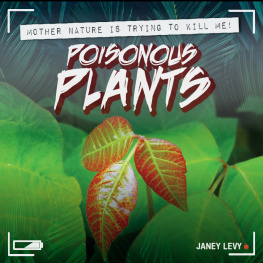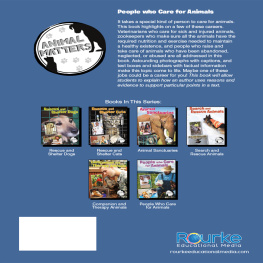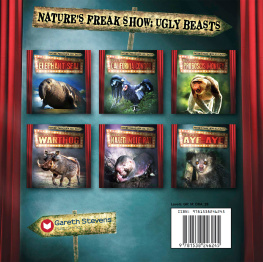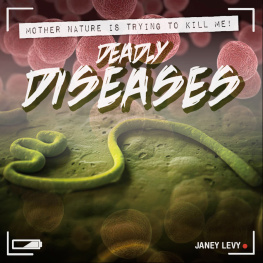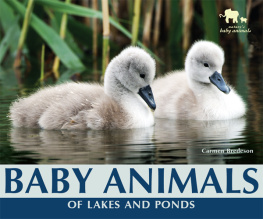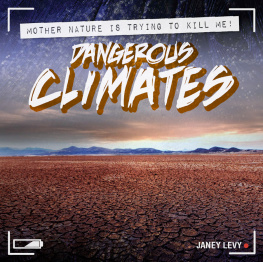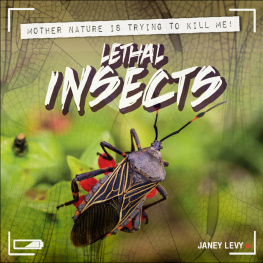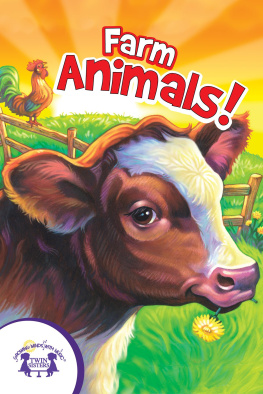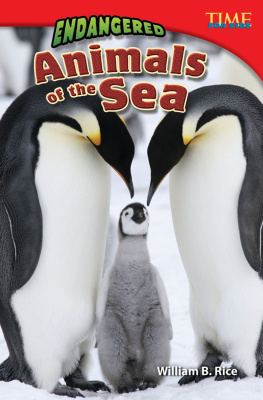Please visit our website, www.garethstevens.com. For a free color catalog of all our high-quality books, call toll free 1-800-542-2595 or fax 1-877-542-2596.
Library of Congress Cataloging-in-Publication Data
Names: Levy, Janey, author.
Title: Savage animals / Janey Levy.
Description: New York : Gareth Stevens Publishing, [2020] | Series: Mother nature is trying to kill me! | Includes index.
Identifiers: LCCN 2018055314| ISBN 9781538239780 (paperback) | ISBN 9781538239803 (library bound) | ISBN 9781538239797 (6 pack)
Subjects: LCSH: Dangerous animals--Juvenile literature.
Classification: LCC QL100 .L495 2020 | DDC 591.6/5--dc23
LC record available at https://lccn.loc.gov/2018055314
First Edition
Published in 2020 by
Gareth Stevens Publishing
111 East 14th Street, Suite 349
New York, NY 10003
Copyright 2020 Gareth Stevens Publishing
Designer: Sarah Liddell
Editor: Monika Davies
Photo credits: Cover, p. 1 Audrey Snider-Bell/Shutterstock.com; background used throughout Lana Veshta/Shutterstock.com; p. 4 Willyam Bradberry/Shutterstock.com; p. 5 sonya etchison/Shutterstock.com; p. 7 walter stein/Shutterstock.com; p. 9 (main) Anton_Ivanov/ Shutterstock.com; p. 9 (inset) JT Platt/Shutterstock.com; p. 11 Henk Bogaard/ Shutterstock.com; p. 13 Paul Tessier/Shutterstock.com; p. 15 Clement Carbillet/Biosphoto/ Getty Images; p. 17 (main) sevenke/Shutterstock.com; p. 17 (inset) Fazwick/ Shutterstock.com; p. 19 davemhuntphotography/Shutterstock.com; p. 20 Michal Ninger/ Shutterstock.com; p. 21 (wild pig) krslynskahal/Shutterstock.com; p. 21 (African buffalo) EcoPrint/Shutterstock.com; p. 21 (hyena) Vladimir Wrangel/Shutterstock.com; p. 21 (bison and background) Betty Shelton/Shutterstock.com.
All rights reserved. No part of this book may be reproduced in any form without permission in writing from the publisher, except by a reviewer.
Printed in the United States of America
CPSIA compliance information: Batch #CS19GS: For further information contact Gareth Stevens, New York, New York at 1-800-542-2595.
BARBAROUS BEASTS
Perhaps, like many people, you have a pet dog or cat. Or, maybe you enjoy feeding wild ducks. These can all be wonderful experiences with the animal world. But be carefulsome animal experiences can be deadly!
When you think of deadly animals, you might first think of large predators, such as wolves and sharks. However, these animals dont kill or hurt people very often. The most dangerous and deadliest animals include plant-eating mammals, some reptiles, and a giant bird!
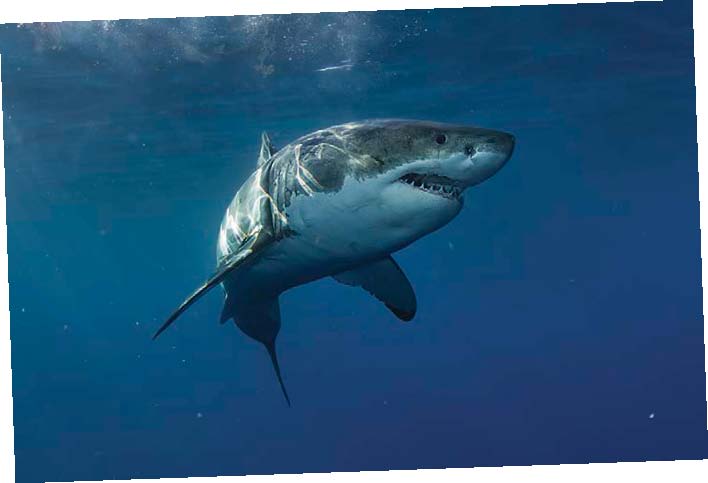
Great White SHARK
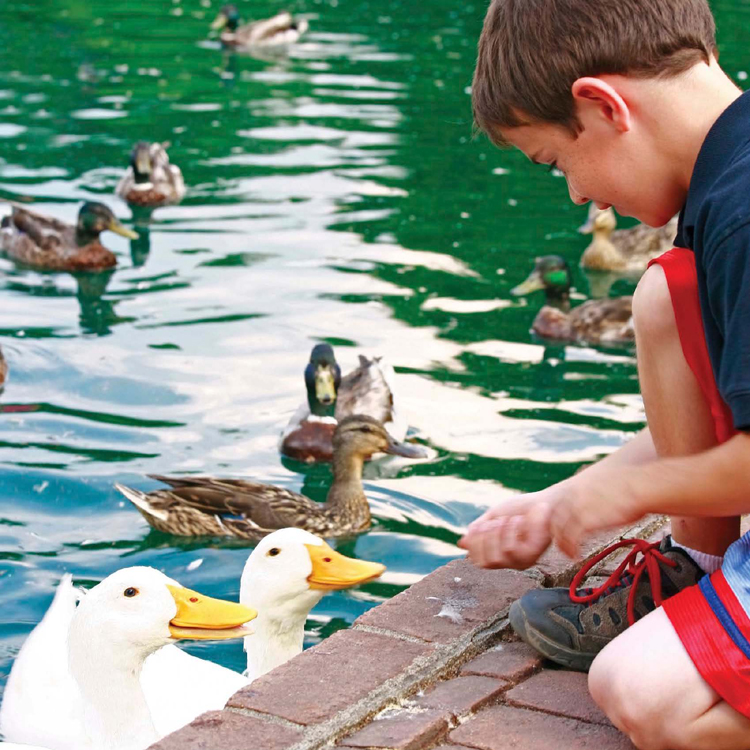
ITS IMPORTANT TO REMEMBER THAT ALL ANIMALS, EVEN THE CUTE ONES, MAY BE DANGEROUS. WE SHOULD TREAT ALL ANIMALS WITH KINDNESS AND RESPECT
EVILELEPHANTS
Elephants are popular and friendly characters in many stories. You may have even seen one of these smart, huge herbivores in real life. But dont be fooled by how the storybooks describe elephants. These are extremely dangerous animals!
Elephants are the largest land animals alive today. Even though theyre quite large, elephants can run fastmuch faster than most people can. They may charge unexpectedly and for no apparent reason. They might even use their great weight to trample you to death!
THE FORCE OF NATURE
Elephants can weigh up to16,500 pounds (7,484 kg) and grow up to 13 feet (4 m) tall. These huge animals can run up to 25 miles (40 km) per hour!
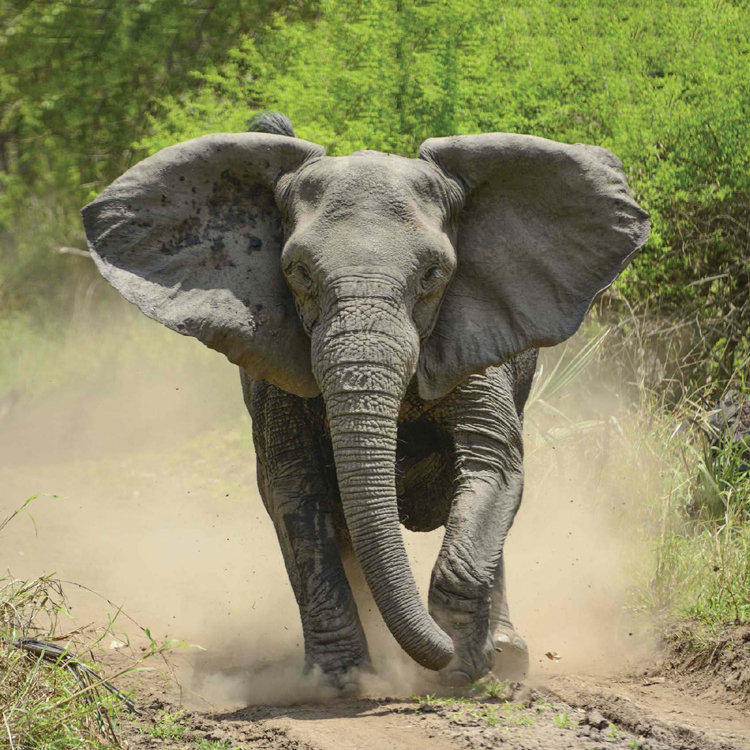
WHEN AN ELEPHANT HOLDS ITS EARS OUT TO THE SIDE, ITS PRETENDING TO CHARGE. IF AN ELEPHANT HOLDS ITS EARS BACK FLAT AGAINST ITS HEAD, THOUGH, WATCH OUT!
HORRIBLEHIPPOS
Hippos are huge mammals found in Africa. Theyre herbivores and often considered cute and gentle creatures. But dont be fooled. Hippos are always ready to attack. Theyre one of the deadliest animals in the world!
Hippos have a giant mouth that opens wide. At the front of their mouth are long, sharp teeth used for fighting. A hippos canine teeth can grow up to 20 inches (51 cm) long. On land, hippos can run over 15 miles (24 km) per hour. You cant escape an angry hippo!
THE FORCE OF NATURE
Hippos can grow up to 16.5 feet (5 m) long and weigh over 9,900 pounds (4,490 kg).
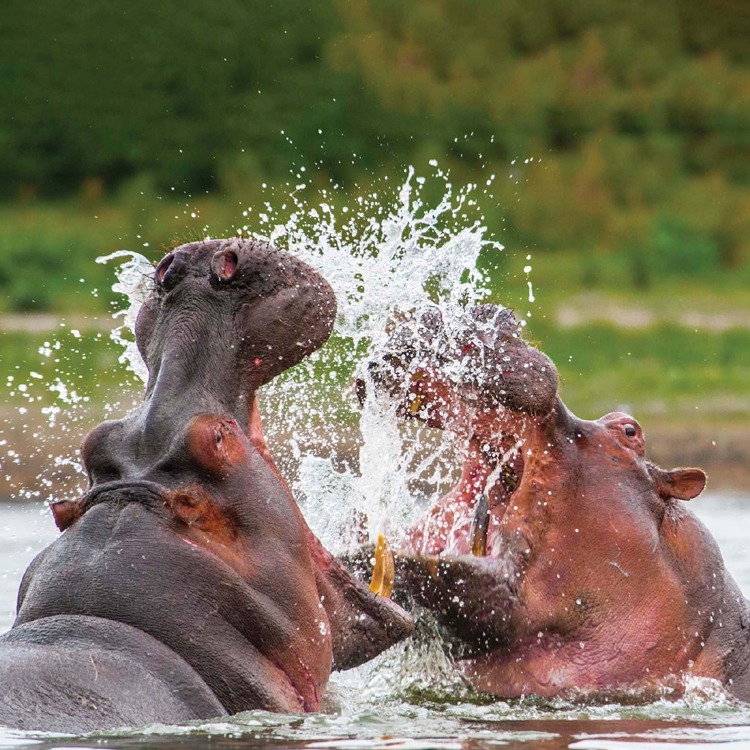
HIPPOS HAVE BEEN KNOWN TO KILL CROCODILES AND LIONS.
BRUTALBLACK RHINOS
Like hippos, black rhinos are huge mammals that eat plants and live in Africa. You might think herbivores are harmless, but as hippos prove, thats not always true. Black rhinos are also deadly!
Black rhinos have a good sense of hearing and smell. However, they cant see very well. Theyre also usually in a bad mood. If a black rhino hears an unfamiliar sound or smells something unusual, it may suddenly charge. Their weight and sharp horns make the charge deadly.
THE FORCE OF NATURE
Black rhinos weigh up to 3,100 pounds (1,406 kg). They can run around40 miles (64 km) per hour in short bursts. Imagine all that weight coming at you at fast speed!

BLACK RHINOS HAVE TWO HORNS ON THEIR NOSE. THE FRONT HORN IS THE LARGER OF THE TWO AND CAN GROW UP TO 50 INCHES (127 CM) LONG!
MENACINGMOOSE
Moose are large herbivores with sweet, goofy faces. They prefer to avoid people. But moose and people still meetoften by chanceand these meetings can quickly turn dangerous. In Alaska, theres a greater danger that youll be hurt by a moose than by a bear!
Moose often attack using their powerful front legs and sharp hoofs to stomp and kick their enemies. Female moose may hurt people when protecting their calves, or young. Male moose are most dangerous and ready to attack during mating season.
THE FORCE OF NATURE
Male moose can be massive!They can grow up to 7 feet (2.1 m) tall and weigh over 1,300 pounds (590 kg).
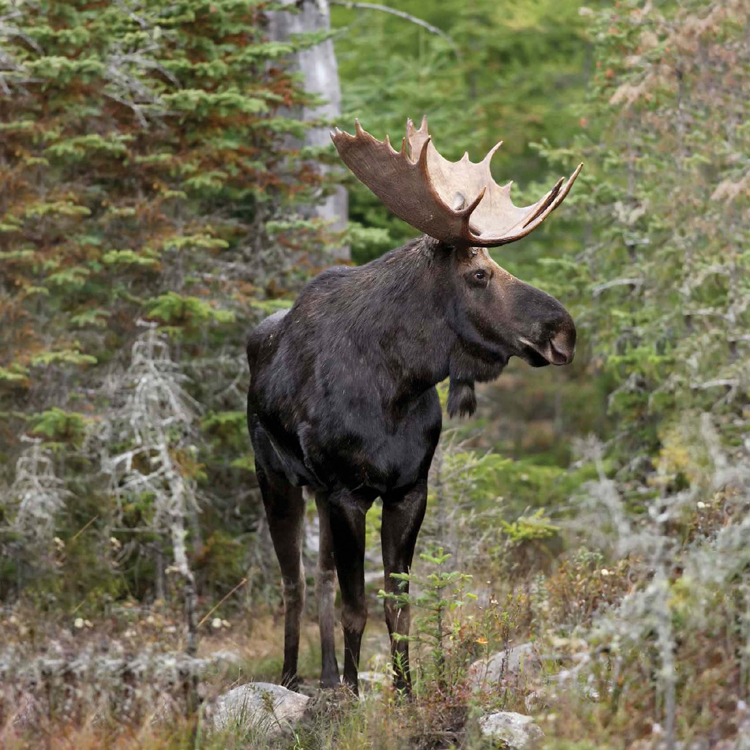
IF MOOSE THINK THEYRE IN DANGER, THEY MAY CHASE YOU. THEIR LONG LEGS CAN HELP THEM RUN UP TO 35 MILES (56 KM) PER HOUR! HOWEVER, THEYLL USUALLY ONLY CHASE YOU A SHORT DISTANCE.
AWFUL OCELLATED CARPET VIPER
Do you fear snakes? Many snakes are helpful and eat pests that bother humans. But otherssuch as the ocellated carpet viperare worthy of your fear. These snakes have a bite that can kill.
Ocellated carpet vipers are found in western Africa. They bite with sharp teeth called fangs, which carry venom. The venom causes terrible pain and swelling around the bite. Then, the venom causes bleeding inside your body, and blood might come out of your mouth, nose, and ears. Death usually follows.

